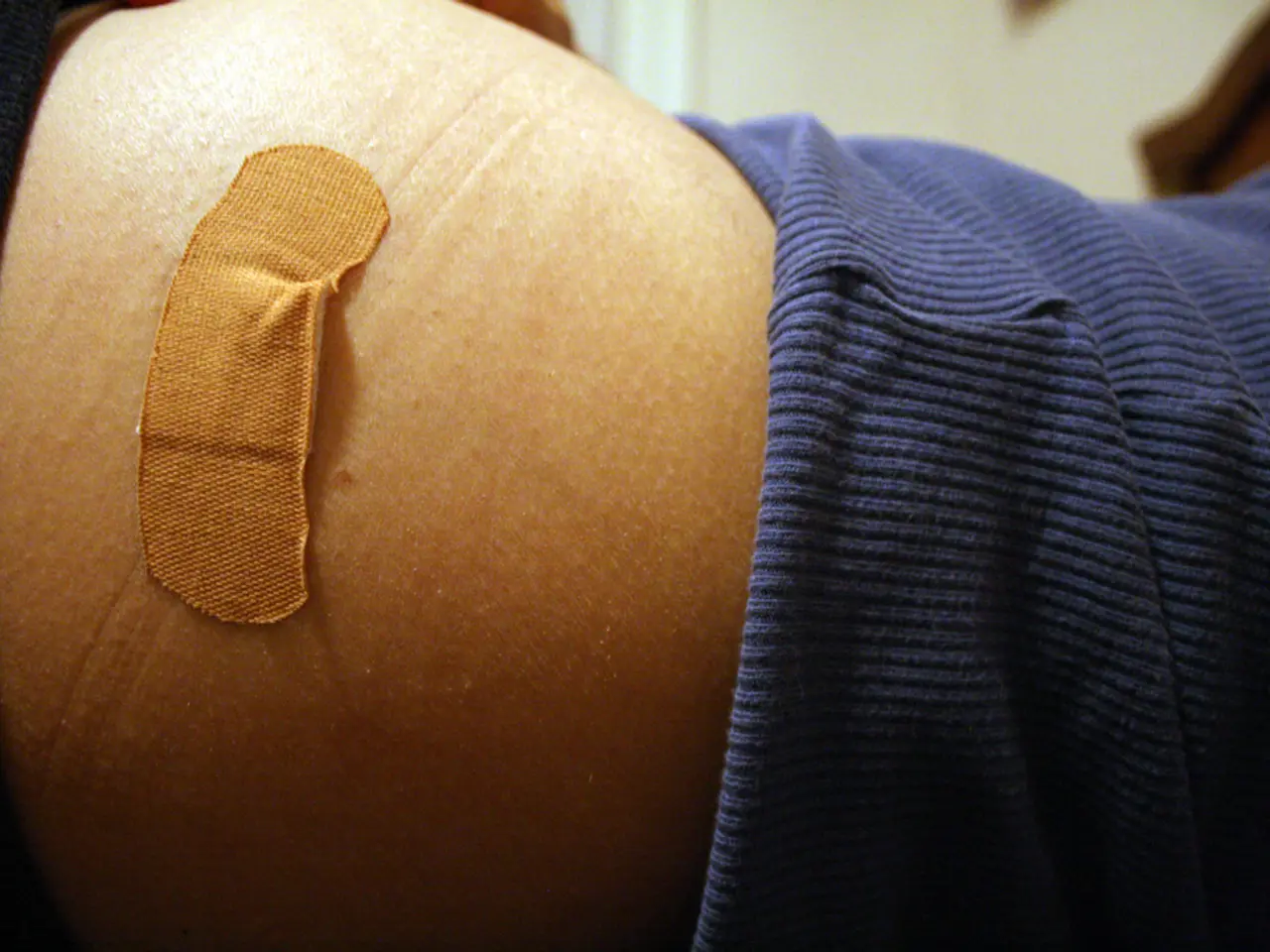Uncovering the Reasons Behind Handedness: 3 Guides to Investigate
In the intricate puzzle of human biology, one aspect that has long puzzled scientists is the preference for hand use, or handedness. A recent body of research reveals that handedness is closely linked to brain asymmetry, a phenomenon known as lateralization, which refers to the functional differences between the brain's left and right hemispheres. This relationship has profound implications for cognitive abilities.
Handedness reflects underlying brain lateralization patterns. Typically, the left hemisphere controls the right side of the body, while the right hemisphere governs the left. However, left-handed individuals often show more varied or less typical patterns of brain lateralization, a variation that can impact how cognitive functions, such as perception, emotion, and complex tasks, are processed.
Genetically, handedness is a polygenic trait, influenced by many genes related to brain structure and development. Environmental and random developmental factors also play crucial roles. For instance, identical twins can have different handedness despite identical DNA, highlighting brain development's role beyond genetics.
Recent research suggests that the asymmetry in hand use influences asymmetries in perception, such as how visual and auditory information is processed in the brain. This link between motor preferences and sensory and cognitive lateralization is an exciting area of ongoing study. Furthermore, handedness modulates the interaction between emotion and cognition by influencing asymmetrical brain activation patterns, indicating that the lateralization linked to handedness can affect how emotion and cognitive processes interact.
Notable figures throughout history have been left-handed, including Kurt Cobain, Judy Garland, Jimi Hendrix, Paul McCartney, Tim Allen, Carol Burnett, Robert DeNiro, Nicole Kidman, President Obama, and several former U.S. Presidents such as Bill Clinton, George H.W. Bush, Gerald Ford, Harry S. Truman, and James A. Garfield.
The majority of humans are right-handed, with approximately 85-90% of the population being right-handed. Less than 1% of the population is ambidextrous. This right-hand majority among humans has been a trend for over 500,000 years.
Interestingly, other mammals, including gorillas and chimpanzees, exhibit the use of a dominant hand. Even dogs have a preferred paw, as observed by neuropsychologist David P. Carey at Bangor University in the United Kingdom.
Training the non-dominant hand can help flex the brain and shake up habits. A study found that lefties have an equal distribution of language processing skills across their brains, which can lead to more random and less specialized skills. This wide distribution of language skills in left-handed individuals can result in a quicker recovery from a stroke on the left side of the brain.
The determination of handedness happens in the womb before a baby is born. Scientists at several universities and the Max Planck Institute have researched how handedness and our genetic code align, isolating the gene PCSK6 as a potential factor in determining handedness. Tossing a ball or brushing teeth with the "off" hand can indicate early habits that may have tipped the scale towards a dominant hand.
The left hand is controlled by the right hemisphere of the brain, which is associated with creativity and imagination. Conversely, the right hand is controlled by the left hemisphere of the brain, responsible for speech and writing. Handedness often runs in families, with relatives' hand preferences affecting a child's grip.
While left-handed people may have a higher tendency towards depression and negative emotions due to the regular activation of the emotional side of their brain, the wide distribution of language skills in left-handed individuals can offer unique cognitive advantages. The right-hand majority among humans has been a trend for over 500,000 years, but the study of handedness continues to uncover fascinating insights into the human brain and its remarkable capabilities.
Handedness patterns are closely related to the asymmetry observed in the brain, which can affect cognitive functions, such as perception, emotion, and complex tasks, due to the differential control of each hemisphere over body sides. This brain lateralization is also linked to neurological disorders, as left-handed individuals often show less typical patterns, potentially impacting mental health and medical conditions related to brain structure and development.
One exciting area of ongoing research is the relationship between motor preferences (like hand use) and sensory and cognitive lateralization, including the influence on the interaction between emotion and cognition as well as asymmetries in perception processing. This study may shed light on the brain mechanisms underlying health and wellness, mental health, and neurological disorders.




